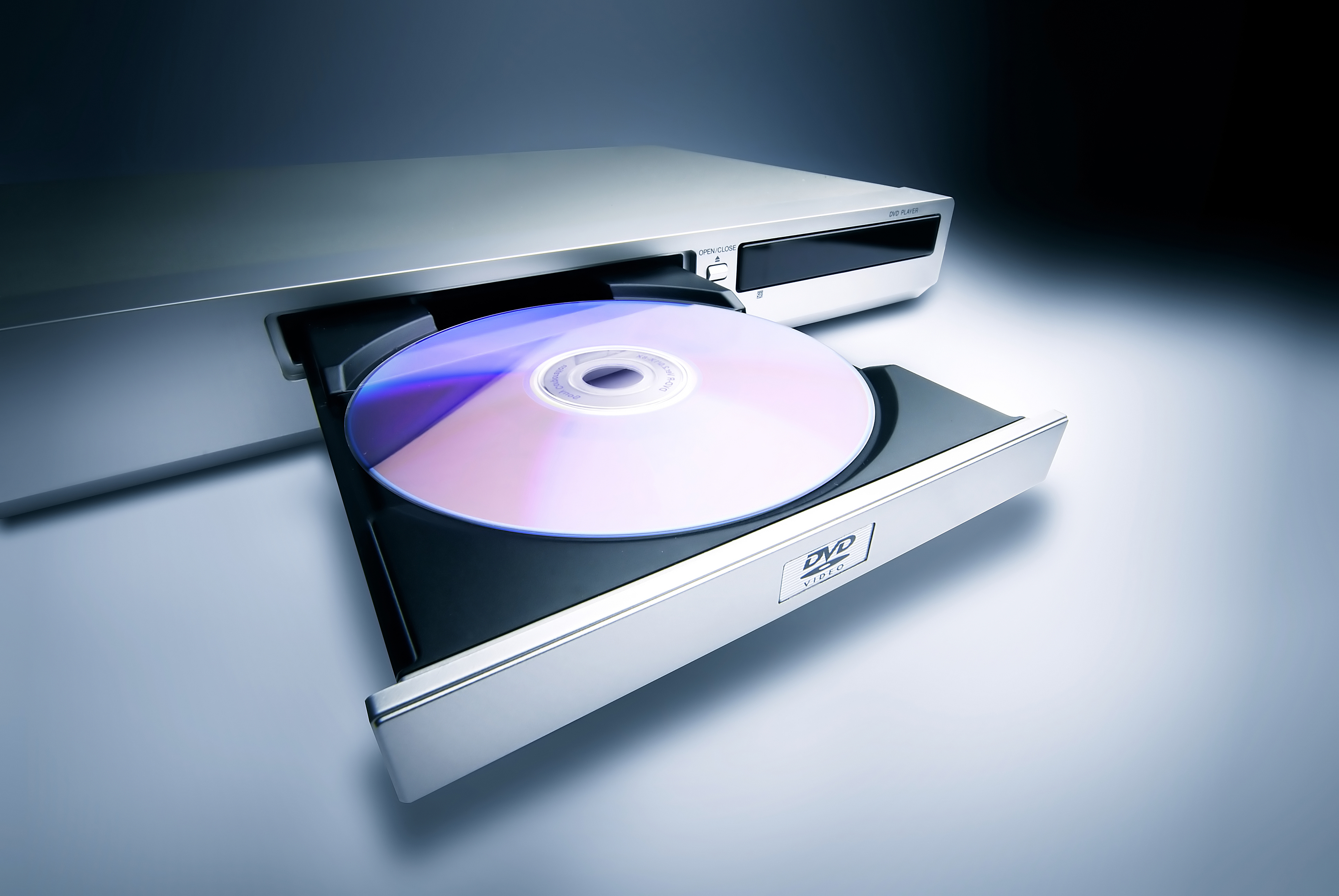Electronic publishing is the use of computers to distribute material that traditionally would have been available in a print format. Some of the first works to be published electronically were distributed on compact discs called CD-ROM’s. Later, DVD’s—discs with larger storage capacity than CD-ROM’s—came into use. Today, virtually all electronically published material is distributed over the internet. Electronically published works can be read on a computer, cellular telephone, tablet (a small portable computer with a wireless internet connection), or special handheld device called an e-reader. Some material is available only in an electronic format. Many publishers of printed books, magazines, and newspapers also distribute electronic versions of their products.

Works published electronically offer some advantages over those published in print. An electronic publication can provide features that print cannot, including animations, videos, audio recordings, blogs, and podcasts. Blogs are websites containing personal journals of thoughts and ideas. Podcasts are audio or video recordings available on the internet. Electronic publications can be updated quickly and distributed almost instantly.

In works published electronically, space is not as big a concern as it is in print publishing. Printed material must often be edited to fit the amount of space available. But a standard DVD can hold the equivalent of thousands of pages of text. With internet distribution, text length is of little concern.
Many electronically published works also include features that allow readers to highlight material and make notes that are stored in the e-book (electronic book) or article. These features are helping electronic publications find a large educational market for digital, rather than print, textbooks.
Electronic publishing has also made it far easier for writers and other artists to distribute their work. Rather than seeking the support of a traditional publisher, many writers now create their own digital versions of their work and offer it for sale themselves on a website, or through such online businesses as Amazon.com, Inc. The number of self-published books grew dramatically in the early 2000’s.
